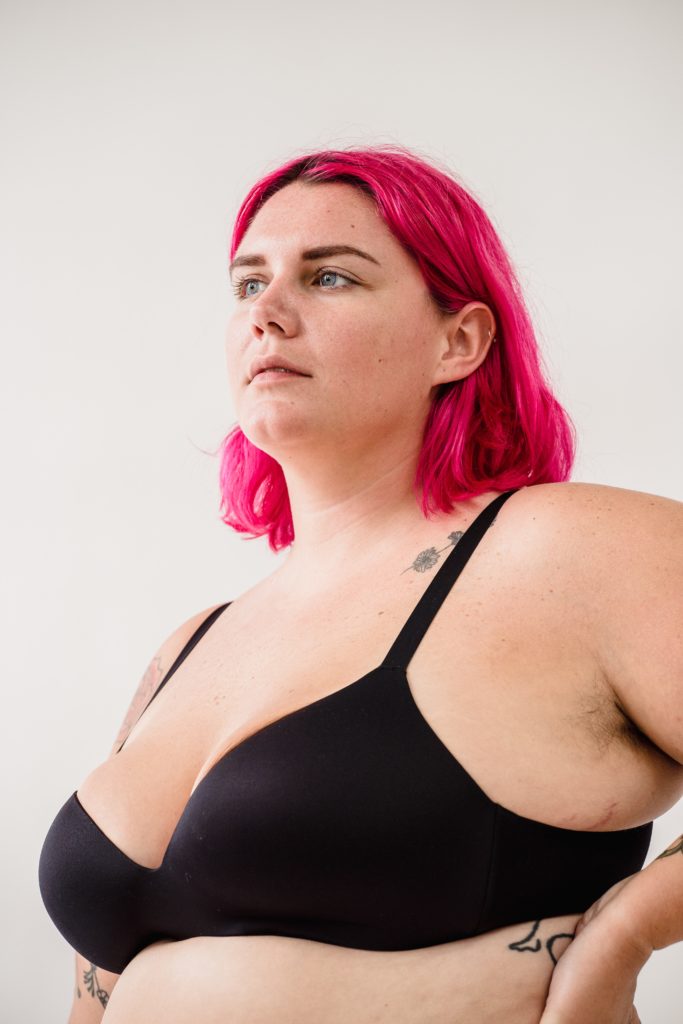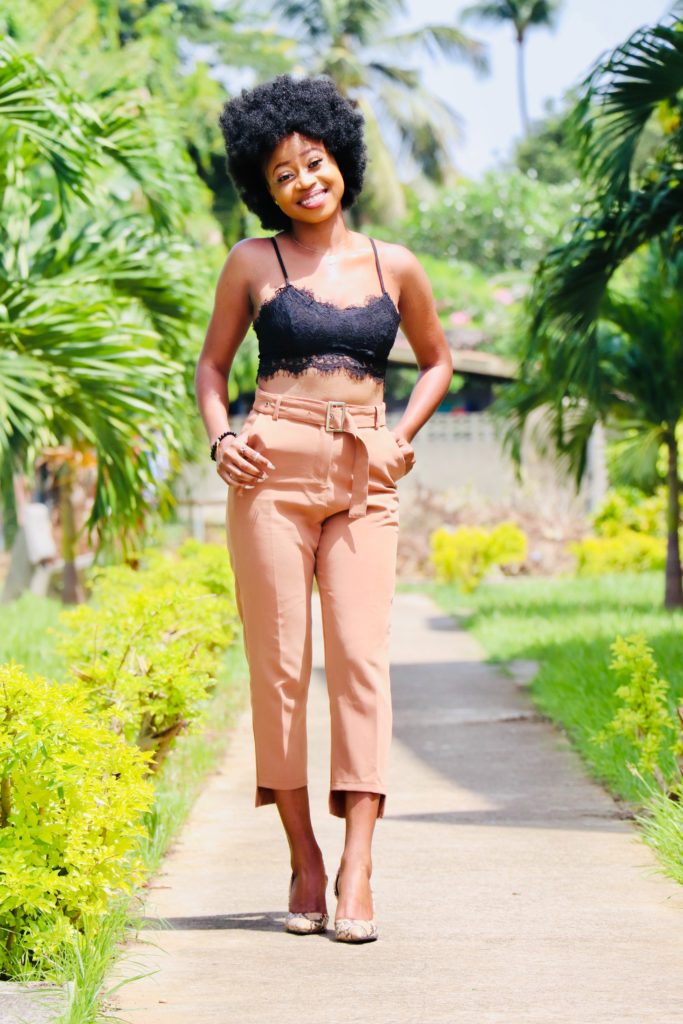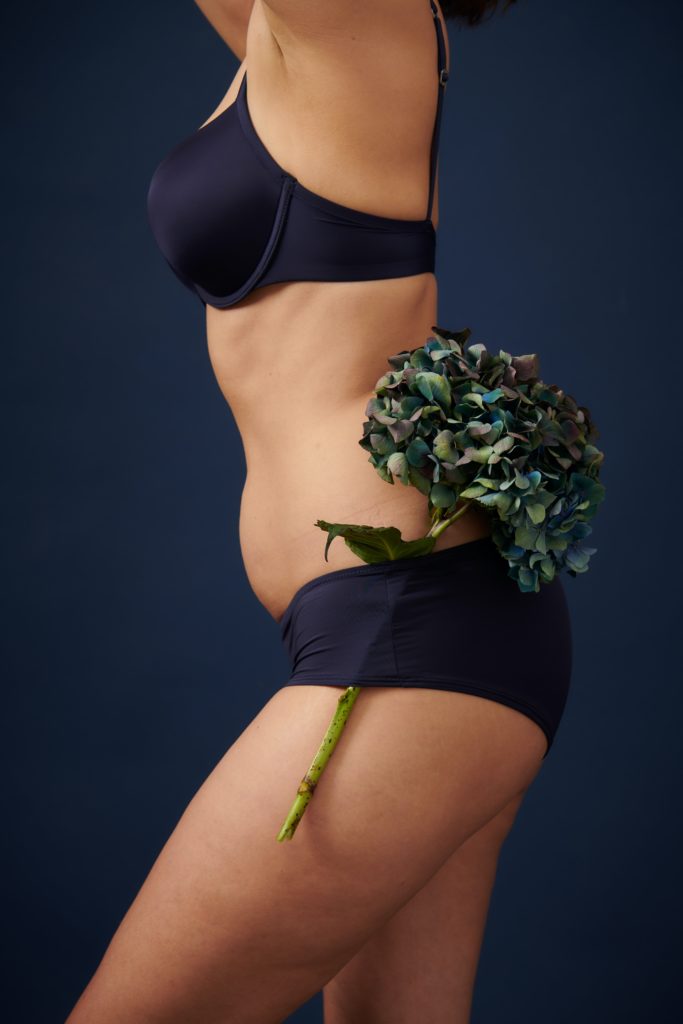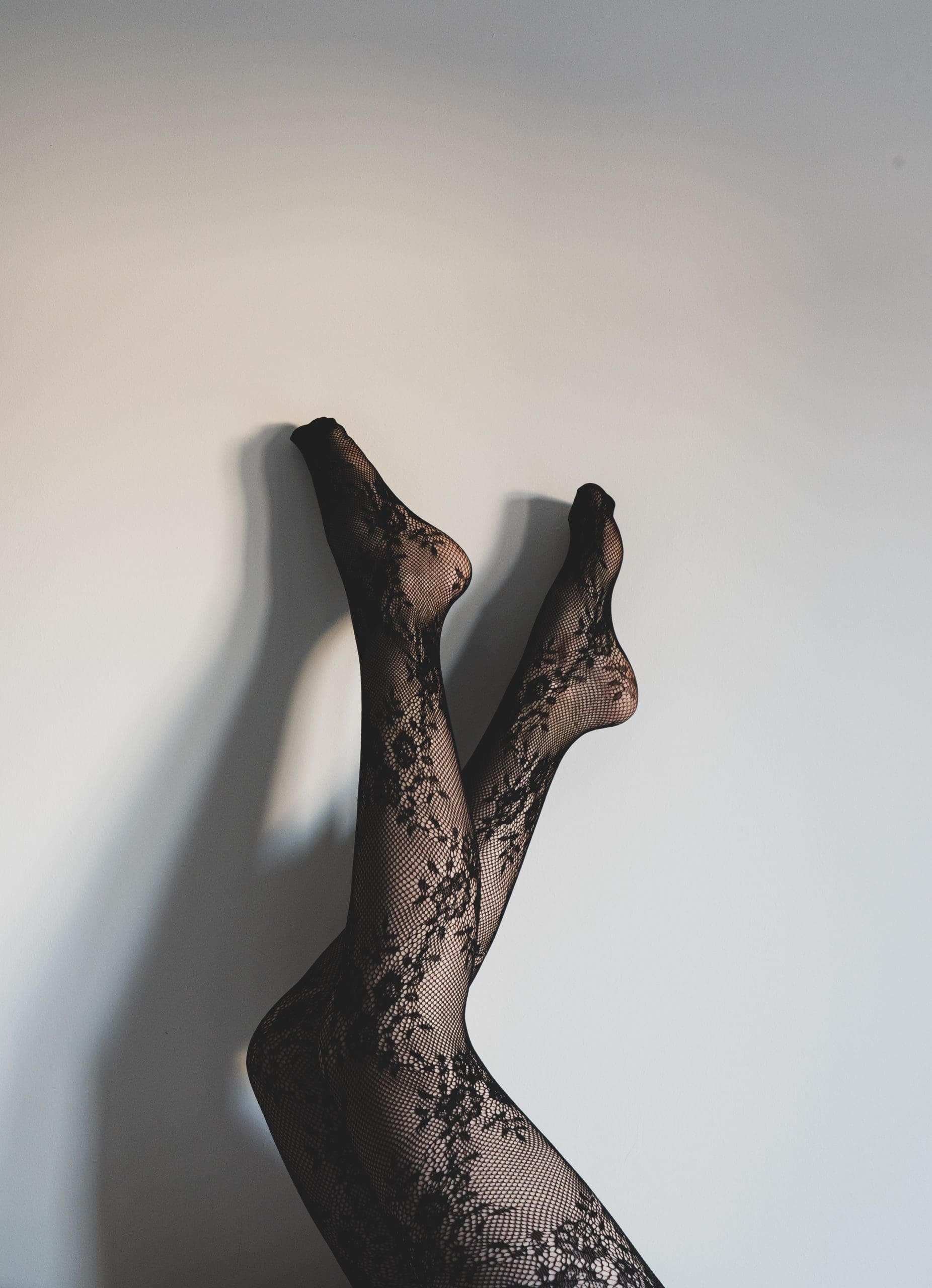The first bra, created in 1910, was the innovation of a then 19-year-old woman named Mary Phelps Jacobs. Incorporating two handkerchiefs affixed with some ribbon, the design served as the foundation for the modern bras worn today. In the 109 years since its creation, the design has evolved, with elements such as sizing, support and material the primary areas of innovation. But, fuelled by customer feedback, comfort has been the primary consideration amid the pandemic years.

“People are prioritizing comfort more than ever, especially when it comes to undergarments,” says Emily Scarlett, director of communications for the Toronto-headquartered brand Knix. Scarlett points to the company’s recently launched Revolution Bra—an underwire-free design with stretchy cups that features a BeyondSmooth fabric designed to form to the body—as the brand’s answer to the call for comfort in bras. “This bra was three years in the making, for an endless search for the smoothest fabric, and hundreds of hours of wear testing across all sizes,” Scralette says. “It is one of our biggest breakthroughs in bras.”
Back in Vancouver, Norma Beaucage of La Jolie Madame agrees, saying, “Comfort is still definitely key; women are wanting bralettes and wire-free options that are pretty and colourful while also having the comfort factor, and are gravitating to buttery soft fabrics for everyday wired bras.” Christine Morton, founder of the Vancouver-based boutique Christine Lingerie, says she’s also noticed a sharp shift away from bras being purely elements of necessity as shoppers look for eye-catching designs that can become a part of their overall ensemble.
“Bras are more elegant and beautiful than they’ve ever been and they are being worn to be shown as an outwear piece,” Morton says. The innerwear-as-outerwear shift will be everywhere this spring, Marianne Cobb, the general manager at WonderBra Canada predicts, prompted by its appearance in several spring fashion runways collections. “Bra tops, lace bodysuits and visible layered innerwear are taking centre stage under spring sheer trends as seen on the runways from Tom Ford, Victoria Beckham, Prada and Versace,” she says. “Lace and mesh continue to add that sense of beauty.” However, Beaucage opines, “I think this is more of a high-fashion trend, it is not really translating into every day attire for most women.”

While runway trends add excitement—and signal upcoming availability of designs—Morton underscores the desire to celebrate every aspect of one’s body, including their undergarments, that has been fuelled by social media as the main motivator behind the movement. “All the ads and social media posts you see reflect a wonderful array of bodies that celebrate the uniqueness and beauty of different women, and designers have embraced that,” she says. “I believe it’s our current culture with social media being a driving force for the fashion industry. People are posting everything and they’re bold in their fashion choices. People are more comfortable with their own bodies, realizing the ‘perfect body’ is a myth. Let’s celebrate our own uniqueness.”
The emphasis on embracing one’s unique shape is part of a long-overdue discussion around inclusivity in the industry, which has prompted many brands to re-examine their offerings through the broader lens of skin tone representation and sizing. “The lingerie industry has come a long way in a few short years, but there is still a way to go,” Scarlett says of the improvements in these areas. “Currently, our lingerie bottoms range from a XS to a XXXXL, and our bras from a 30A to a 44H, but we’re still working through our approach to be more inclusive when it comes to the intimates category.”

With sustainability an increasing consideration for many Canadian consumers—49 per-cent of shoppers say they purchase from companies that are supportive of protecting the environment, according to a March 2021 Statista poll—the idea of going green has also entered the bra category. “Most companies are sourcing eco-grade fabrics and producing laces and fabrics with recycled fibres,” says Beaucage. “There is also a shift with some companies to 100 per cent organic cotton for the lining of panties.”
“Sustainability awareness keeps growing and consumers are more informed,” confirms Cobb. “Women are looking for products made with sustainable materials such as recycled nylons and lace or plant-derived fabrics such as lyocell and organic cotton. They want brands and products that simultaneously work to reduce the negative environmental footprint while implementing a circular model for the fashion industry.”
WonderBra has looked to meet that interest with its EcoPure collection, which marked the brand’s first sustainably centred collection for the brand since its start in 1939. “It made its debut in the autumn of 2021 with the introduction of new styles made from recycled polyester fibres, preventing the nylon waste from otherwise heading to the landfill,” she explains. “Today, the EcoPure collection continues to expand, with additional silhouettes every season as well as the transition of our existing bestsellers into sustainable fabrics.”
Recycled lace and nylon have been incorporated into the brand’s designs and a new seamless bra collection, set for release this spring, features two other ecological materials—Tencel from wood pulp and Refibra from pre- and post-consumer fabrics—according to Cobb. “Beyond product, we are implementing a growing number of sustainable solutions such as the use of recycled and recyclable packaging, weight reduction, reducing the use of water in our production facilities,” she says of the company’s efforts. “We are taking steps towards a better future for Canadian women, and our planet.” —Aleesha Harris
5 Essential Bra-Fitting Tips
The best way to ensure you’re wearing the proper bra size is to see a fit specialist at a lingerie boutique. Proper sizing considerations include cup size, style and, most important, band size; factors that can be easy to mix up in the fitting room on your own. In order to help streamline the bra-shopping experience, we asked the team at the Vancouver boutique Diane’s Lingerie to dish on their top five fit tips for finding the perfect bra size.
- Try different sizes: Every brand and style of bra fits differently, so it’s common for each person to have more than just one bra size.
- Buy for the bigger breast: Both breasts are never exactly the same size. The bra you choose must always fit the fuller side and should be a style that creates balance on both sides.
- Take time to settle in: Positioning breast tissue into the cups is important to getting the fit right. Cups should contain all of the breast without any gaps or spills and the wire should never dig into breast tissue.
- Find the middle: The bra band should sit directly in the middle of the back, parallel to where the bra is positioned in the front.
- Focus on the band: The band provides 80 per-cent of the support for the bra; the straps only 20 per-cent. Firm comfort is the goal for fitting both band and straps.

Be the first to comment